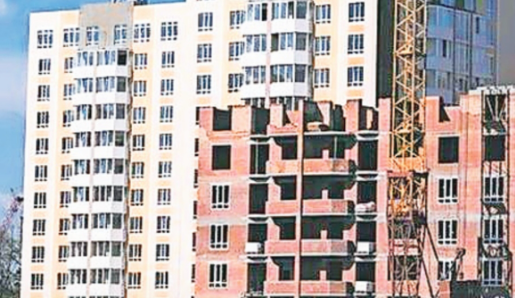Cabinet Approves Pradhan Mantri Awas Yojana-Urban 2.0
On August 9, 2024, the Union Cabinet approved a new version of the Pradhan Mantri Awas Yojana-Urban (PMAY-U) program. This program is designed to help one crore (10 million) urban poor and middle-class families find housing. PMAY-U, also known as the Prime Minister’s Housing Scheme, is a major government effort to provide strong, weather-resistant homes to eligible people living in cities, especially those with low incomes.
Overview of PMAY-U
The Pradhan Mantri Awas Yojana (PMAY) was first launched in 2015 to ensure affordable housing for everyone by 2022. The scheme provides financial help to both urban and rural poor for building homes. It has two parts: PMAY-U for cities and PMAY-G for villages. People who qualify can get interest subsidies on home loans of up to ₹2.67 lakh. The scheme aims to build more than 20 million homes and focuses on using sustainable and innovative construction methods.
Current Achievements
So far, PMAY-U has approved 1.18 crore houses, with over 85.5 lakh already built and given to those who need them. The new PMAY-U 2.0 will offer financial support for the next five years, backed by a ₹2.30 lakh crore government subsidy within a total investment of ₹10 lakh crore. The amount available in the Credit Risk Guarantee Fund has increased from ₹1,000 crore to ₹3,000 crore, allowing for better loan guarantees for affordable housing aimed at economically weaker sections (EWS) and low-income groups (LIG).
Eligibility Criteria
To be eligible for PMAY-U 2.0, families must belong to EWS, LIG, or middle-income groups, and they should not own a solid, permanent house anywhere in the country. The program covers all towns listed in the 2011 Census, as well as planning areas and regions under urban planning authorities.
What is the Credit Risk Guarantee Fund?
The Credit Risk Guarantee Fund (CRGF) is a tool to help small and medium-sized businesses get loans. It offers guarantees to lenders, which lowers their risk when providing loans. This fund is meant to improve access to finance for businesses that might otherwise struggle to get loans. It often works with financial institutions and government agencies and can even cover loan defaults due to natural disasters. CRGF initiatives can operate at a national or regional level and aim to boost economic growth and job creation.
About Economically Weaker Section
In India, the Economically Weaker Section (EWS) refers to people who earn less than ₹8 lakh per year. Introduced in 2019, EWS reservations provide 10% benefits in jobs and education. This status is based on family income, not caste, and is intended to help those who are financially disadvantaged without considering caste. Other countries also have similar classifications, though they might use different terms. EWS beneficiaries in India can access various government programs to improve their economic conditions.
Month: Current Affairs - August, 2024
Category: Legal & Constitution Current Affairs







